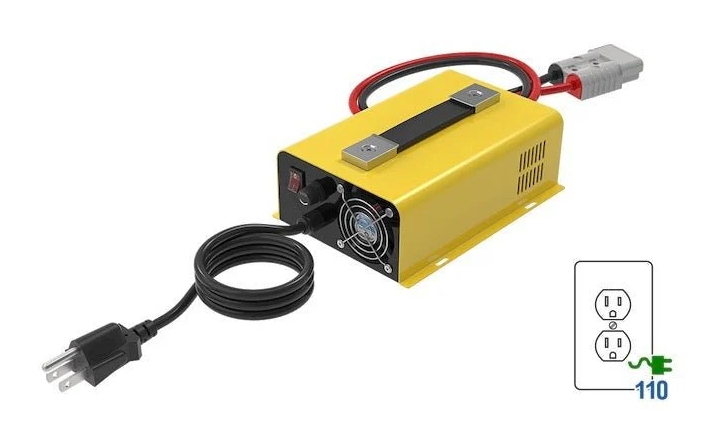Can lithium iron phosphate battery packs be connected in series like battery cells?
When you connect batteries in series, the voltage adds up, but the capacity (amp-hour rating) remains the same as a single cell. For example, if you have four 3.2V LiFePO4 cells in series, the total voltage would be 12.8V (3.2V × 4), but the capacity would remain the same as the capacity of one cell. If I have four 12.8V battery packs, can I connect them in series to make 51.2V? The answer is yes. In that case, the same principles apply, but there are some additional considerations when connecting complete battery packs in series:
1. Ensure Matching Packs:
Each battery pack should be of the same voltage, capacity (Ah), and chemistry. Even if you're using multiple packs of LiFePO4 cells, the packs must be at the same state of charge (SOC) and have similar voltages before connecting them in series. If not, you could risk overcharging one pack or overdischarging another.

2. Battery Management System (BMS):
For each individual pack in the series, you need a BMS that ensures proper monitoring, balancing, and protection. In many cases, when you connect multiple packs in series, you'd also need a master BMS to monitor the entire string of packs (not just the individual pack BMSs). The BMS should balance the voltage across all connected packs. If the packs are not balanced, it can lead to issues such as uneven charging, pack damage, or safety concerns.
3. Charging Voltage:
The charger you use must be able to handle the total voltage of the entire pack configuration (the sum of the voltages of the individual packs). For example, if you have four 12V LiFePO4 battery packs connected in series, the total voltage will be 48V. So, you'd need a charger designed for a 48V system.
4. Voltage and Current Consistency:
When connecting multiple packs in series, the voltage will add up, but the current (amp-hours) rating remains the same as one pack. However, each pack must be able to handle the total current being drawn from the entire series configuration.
- If one pack is weaker or mismatched (in terms of capacity or voltage), it could end up being over-discharged or overcharged, damaging the pack or even creating a safety hazard.
5.Safety and Monitoring:
It’s extremely important to have overvoltage, undervoltage, and overcurrent protection in place. This ensures that no pack is pushed beyond its limits, especially when the system is in use or during charging.
